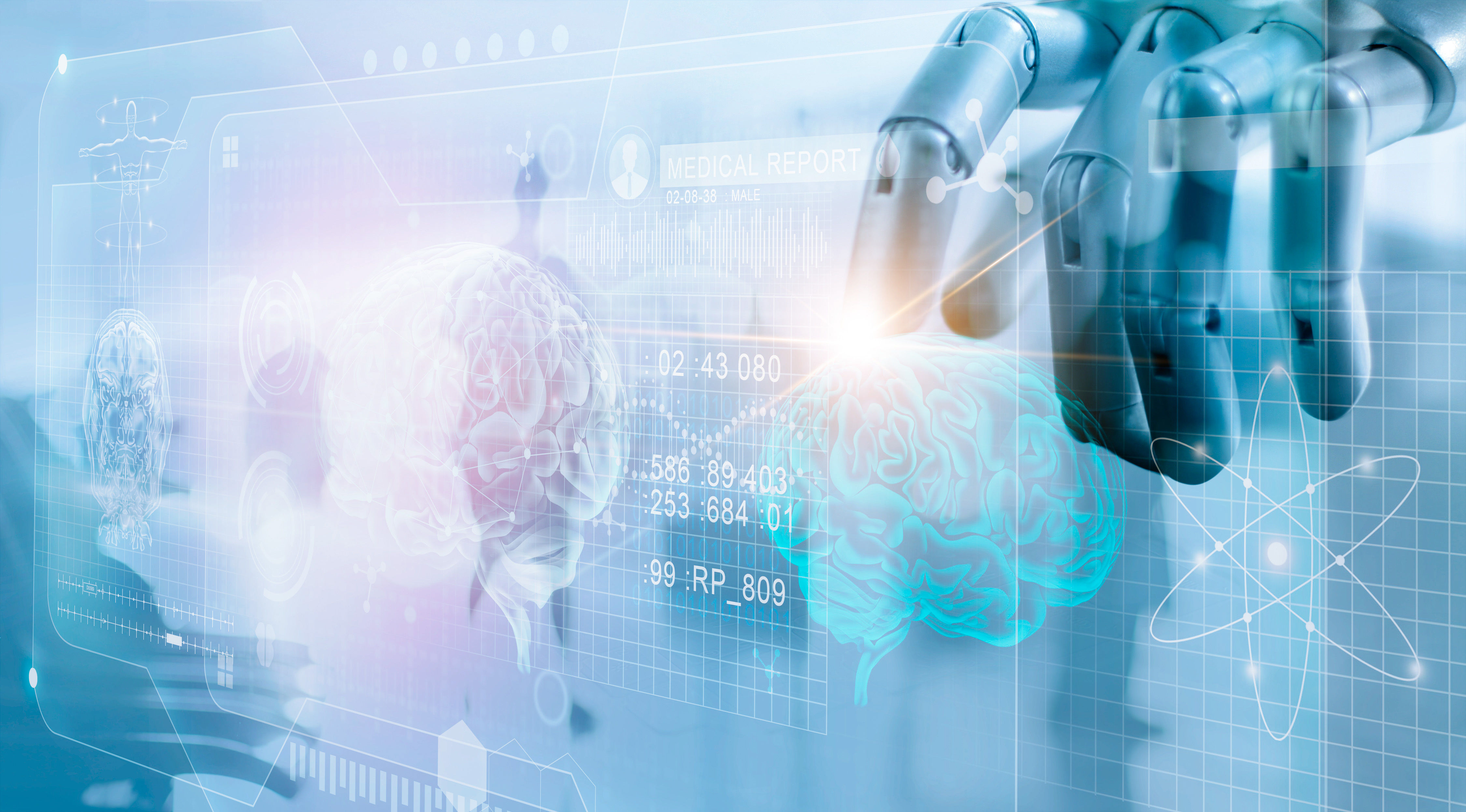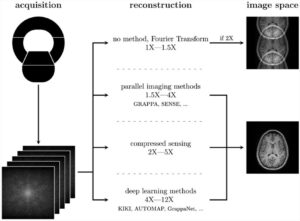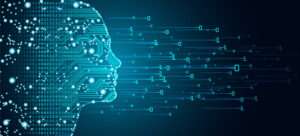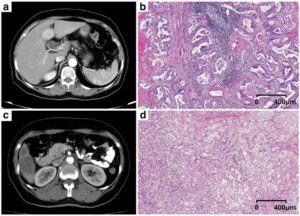In an age of uncertainty with the arrival of artificial intelligence (AI) tools and technologies in the healthcare field, many in the industry question how the addition of AI will impact their careers. One particular area is not immune to these changes: radiography. We spoke with Dr. Nick Woznitza, a reporting radiographer at Homerton University Hospital and a clinical academic at Canterbury Christ Church University in the United Kingdom, to gain some insight into what kind of effect AI will have on radiographers’ tasks, workflow, and training and what the future holds for the field of radiography.
Which routine tasks do radiographers perform that AI cannot assist with?
Effective and compassionate communication is a core skill of all radiographers. Due to our role, we are often required to rapidly assess the needs of a patient. Radiographers are able to recognise possible communication barriers, adapt communication style and strategies to ensure our patients understand what is involved, give consent to the procedure, and comprehend the instructions given to ensure an optimum investigation. At the moment, it is difficult to see how AI will replace the responsibility of the radiographer to deliver the radiation dose. While AI may provide decision support, it will be for the radiographer to determine if the exposure factors or scan range suggested by an algorithm is safe.
In which ways are AI tools currently supporting radiographers?
Image post-processing, such as multiplanar or 3-D reconstructions for cross-sectional imaging, was often performed by radiographers. Now, in most picture archiving and communication systems (PACS), this is automated, ready almost instantaneously. Algorithms are increasingly being used to reduce CT dose, but the true potential of this has yet to be realised.
As a follow-up, in which ways will AI support radiographers in the future?
I think AI will act as an additional layer of safety for patients, minimising radiation dose and scan times while improving or maintaining radiation dose. There are also opportunities with workload planning, using data to inform regarding areas like appointment times and schedules. We may also see the role of AI in scan protocolling; for example, automated risk stratification for examinations requiring iodinated contrast.
How is AI changing the way that radiographers do their jobs?
Radiographers have always adapted to technological innovations. Manually selecting exposure factors for radiographic imaging has been replaced with presets and automated exposure control. However, the underpinning knowledge required to optimise and adapt to each patient remains. What may happen is that radiographers may act as the gatekeepers to medical imaging, using AI as a decision support tool to ensure the examination performed is correct for that patient, that the dose is optimised to answer the clinical question and fed back to the patient in a timely way.
What tasks will AI take over from radiographers?
I think that AI in medical imaging should be seen through the same lens as using the autopilot to fly. Although some of the tasks required of pilots have changed, they still assume responsibility for the safe operation of the aircraft and are able to perform each critical task independently. I would be as reluctant to fly if I knew the autopilot was malfunctioning as I would be to fly without a pilot. The opportunity for dose reduction and image optimisation using algorithms, shorter scan times, and automated slice position in MRI are some elements of a radiographer’s current role that could be augmented with AI, but radiographers will still be responsible for the delivery of the radiation dose. If AI is shown to be accurate in image interpretation, there is also potential to expand the use and scope of advanced practitioner radiographers who, with the support of AI tools, are able to provide an immediate result to the patient and referring clinician at the time of examination.
How will the implementation of AI change the way in which radiographers are trained/educated?
Radiographers will be required to have the underpinning knowledge to understand the key core functions of AI. The characteristics that are required for digital competence in radiographers has yet to be mapped out but is something that the EFRS and ISRRT are actively working on. We need to ensure that current and future radiographers maintain the knowledge to sense check what the algorithm is suggesting if patient safety is to be maintained.
How does AI impact radiographers compared to radiologists (e.g. routine tasks, workflow, etc.)?
I think the impact on medicine, not just imaging, is difficult to predict. Much of the initial hype has been replaced with conservative optimism as systems that perform brilliantly in a controlled setting fail to live up to expectations in clinical trials. The roles of radiographers and radiologists have always evolved, for example moving from barium studies to CT virtual colonoscopy and beyond. Without a crystal ball, I think it is difficult to be certain. Image postprocessing will be automated, some tasks may shift from the radiologist to the radiographer, and new elements will emerge.
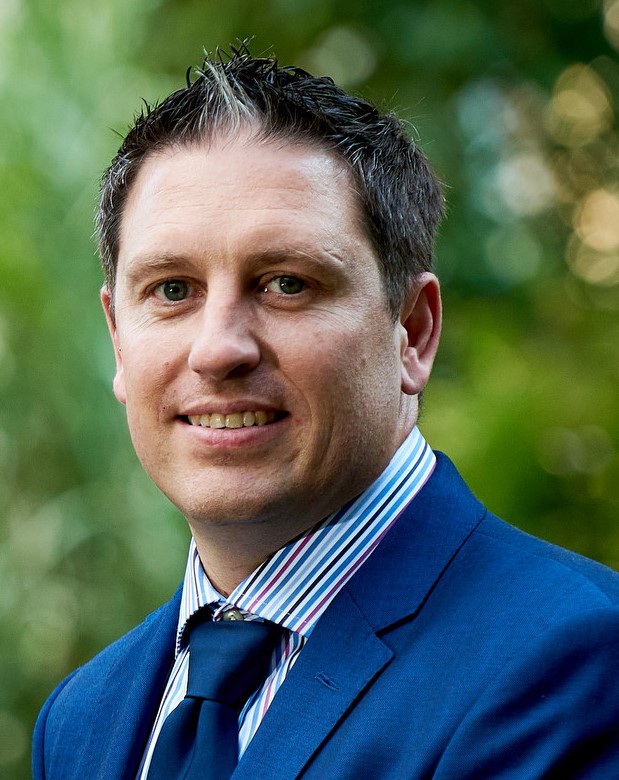 Dr. Nick Woznitza qualified as a diagnostic radiographer from the University of South Australia in 1999 and, after several years practicing in regional and remote settings, moved to the UK in 2005. Nick is a reporting radiographer at Homerton University Hospital and a clinical academic at Canterbury Christ Church University, UK. Both his clinical practice and research is focused on radiographer advanced practice and he is co-chair of the EFRS-ISRRT working group on the role that artificial intelligence will have on the practice of radiography.
Dr. Nick Woznitza qualified as a diagnostic radiographer from the University of South Australia in 1999 and, after several years practicing in regional and remote settings, moved to the UK in 2005. Nick is a reporting radiographer at Homerton University Hospital and a clinical academic at Canterbury Christ Church University, UK. Both his clinical practice and research is focused on radiographer advanced practice and he is co-chair of the EFRS-ISRRT working group on the role that artificial intelligence will have on the practice of radiography.










